#rafaela aparicio
Photo

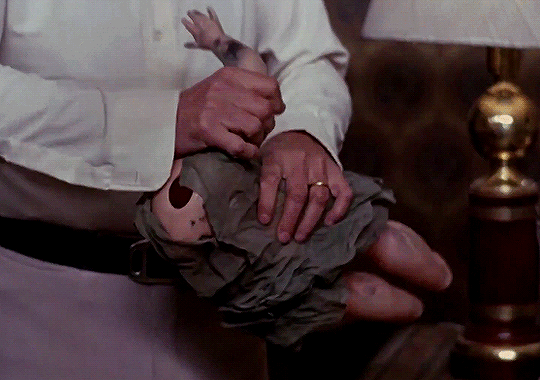
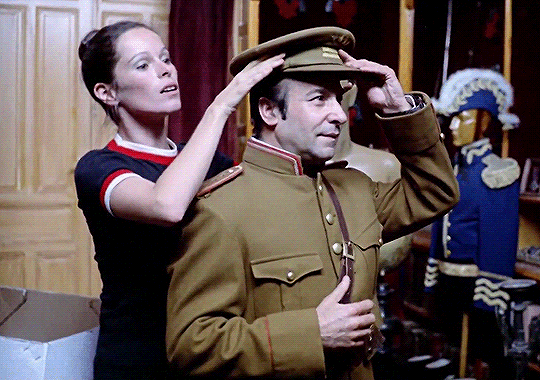

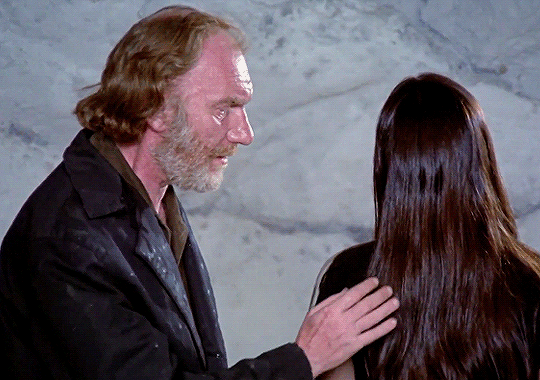
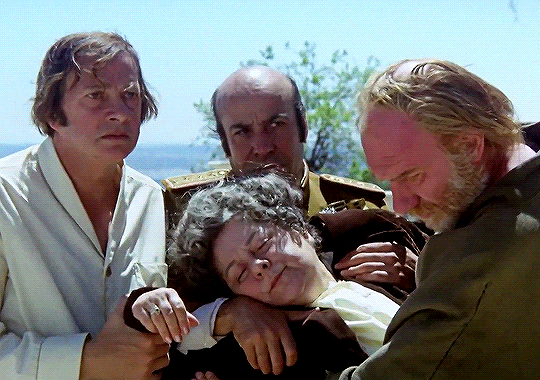
The doll is lost. No one buried her. No one cut her hair. Tomorrow I'll buy another. The girls forget and nothing happened.
Ana y los Lobos [Ana and The Wolves] (1973) Dir. Carlos Saura.
#ana y los lobos#anna and the wolves#carlos saura#geraldine chaplin#fernando fernán gómez#rafaela aparicio#jose vivo#jose maria prada#happy 50th anniversary#best movie ever#gif edit#movie edit#film edit#gifs by me
29 notes
·
View notes
Text
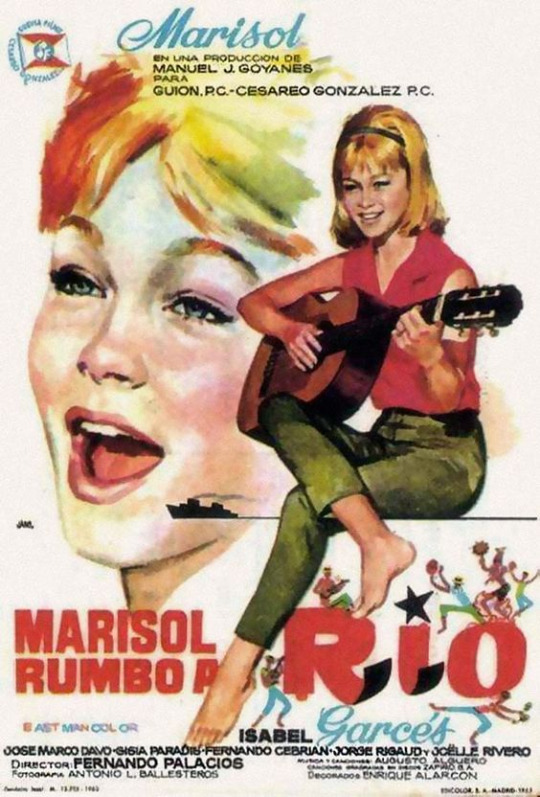
0 notes
Photo

Esta semana, diez películas de los 60.
El extraño viaje (Fernando Fernan-Gomez, 1964)
0 notes
Photo


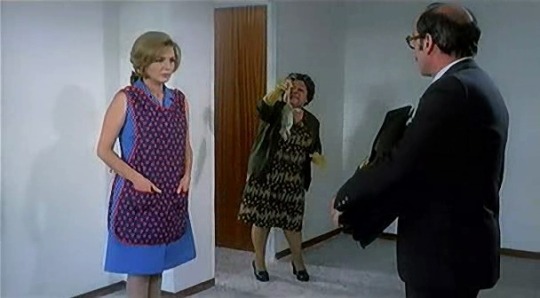


Duerme, duerme, mi amor (1974)
#josé luis lópez vázquez#maría josé alfonso#rafaela aparicio#lina canalejas#francisco regueiro#elmer modlin
0 notes
Text
9 giugno … ricordiamo …
9 giugno … ricordiamo …
#semprevivineiricordi #nomidaricordare #personaggiimportanti #perfettamentechic
2020: Pau Donés, Pau Donés Cirera, è stato un cantautore e chitarrista spagnolo. (n. 1966)
2017: Adam West, attore e doppiatore statunitense. (n. 1928)
2014: Rik Mayall, attore, comico e scrittore britannico. (n. 1958)
1999: Ernesto Calindri, è stato un attore italiano di teatro, cinema e televisione. (n. 1909)
1996: Rafaela Aparicio, attrice spagnola (n. 1906)
1993: Alexis Smith, attrice e…

View On WordPress
#9 giugno#9 giugno morti#Adam West#Alexis Smith#Carlo D&039;Angelo#Ernest Beaux#Ernesto Calindri#Hayden Michael Lucid#Madge Kennedy#Owen Moore#Pau Donés#Rafaela Aparicio#Ricordando ..#Ricordiamo#Rik Mayall#Robert Donat#Russell Hayden#Sybil Thorndike
0 notes
Text
Gramática parda del feminismo
Ya sea por el viento racheado del Moncayo o ya sea por el sulfuro de los Monegros, Aragón ha sido y es tierra de grandes filólogos. Si viviera el zaragozano Lázaro Carreter, discípulo de Dámaso Alonso e insigne Director de la Real Academia Española (1992-1998), hoy cumpliría cien años. Quizá muy pocos sepan que fue autor de la comedia teatral La ciudad no es para mí, que sería llevada al cine por Pedro Lazaga (1965) e interpretada por otro aragonés ilustre como Paco Martínez Soria.
Fue, este último, el vivo retrato del humor tardofranquista, la risa debida a toda una generación de españoles a los que la postguerra había prohibido reír, apesadumbrados por el luto de los muertos de los que no se podía hablar. Como lo fueron Lina Morgan y Rafaela Aparicio, entre otras. Cuando en 2015 aprobé sendos sellos filatélicos a Martínez Soria y a Morgan, quise pagar humildemente una parte de esa terapia en blanco y negro de tardes de sábado y viudas con delantal que escapaban de su rutina de empleadas de su propio hogar.
La violencia, tal y como es definida jurídicamente, es una violencia de sexo
En el Ministerio de Igualdad, nadie les hará un homenaje. Ni falta que les hace. Como tampoco reconocerán el magisterio de Lázaro Carreter, que hoy se estremecería en su tumba en Magallón si escuchase hablar a Montero y a sus amigas de reparto ministerial. Comencemos por el concepto «violencia de género». La violencia, tal como es definida jurídicamente, es realmente una violencia de sexo, hombre contra mujer, y no de género. Entonces, ¿de dónde procede este error lingüístico aberrante? En Pekín, en 1995, la comunidad internacional acuñó la noción «violence of gender». «Gender» en inglés es sexo, pero no hubo ningún purista hispanohablante de la lengua que no cayera en el error que infaliblemente se ha esparcido hasta nuestros días. Así fue como «gender» se acabó traduciendo devotamente como «género», para mayor gloria del feminismo políglota.
Un error que en honor a la verdad no cometen en el Ministerio de Igualdad es el de distinguir entre homosexuales y lesbianas. Pues bien, el atributo de «homosexual» no tiene que ver con el homo latino (hombre), sino con el griego homos (igual), de modo que incluye a hombres y mujeres. Habrá que reservar para los hombres el vocablo gay y para las mujeres el término ‘lesbianas’.
Lázaro Carreter distinguía entre el homosexual que no sale del armario y el que ha salido, expresión que, por cierto, es una traducción literal del inglés americano «coming out of the closet». En fin, cada comunidad, hetero u homo, tiene sus jergas, que están vivas y evolucionan. Pero haríamos bien en no malgastar nuestras energías en malbaratar nuestro idioma, máxime si se hace al servicio de alguna causa espuria. Al menos, hablad bien. http://dlvr.it/SmPm9C
0 notes
Photo

Omero Antonutti and Sonsoles Aranguren in El Sur (Victor Erice, 1983)
Cast: Omero Antonutti, Sonsoles Aranguren, Icíar Bollaín, Lola Cardona, Rafaela Aparicio, Aurore Clément, Maria Caro, Francisco Merino, José Vivó, Germaine Montero. Screenplay: Victor Erice, based on a story by Adelaida García Morales. Cinematography: José Luis Alcaine. Production design: Antonio Belizón. Film editing: Pablo G. del Amo. Music: Enric Granados.
The ending of El Sur feels right: After her father's suicide, Estrella (Icíar Bollaín) falls ills and to recover goes to stay with her grandmother in el sur, the southern Spain that she has never seen, from which her father exiled himself because his Republican sympathies were at odds with the Nationalism of his father during the Spanish Civil War. We've seen how Estrella has imagined the South as warmly antithetical to the often chilly and sometimes bleak environs of Madrid where she and her parents live. She is also tantalized by the mysterious past of her father (Omero Antonutti), who once loved a woman who had a brief film career under the name Irene Rios (Aurore Clément), and who made a phone call to a number in the South shortly before he killed himself. Do we need to follow Estrella to the South to know that other mysteries will open themselves to her? And yet writer-director Victor Erice wanted to do so: He planned another 90 minutes to El Sur that would show us what Estrella did and found there, but was stymied by his producer's insistence that there was no money to film it. The remarkable thing is that the film as stands feels complete. What feels right about the ending of the film that we now have is that it's a part of what we know about Estrella: her solitary pursuit of mysterious things. This is a film about awakening and illumination: It begins with the dawn's light gradually penetrating the sleeping Estrella's room, and windows play a significant role in creating the film's symbolic texture. The scenes from the movie in which Irene Rios stars provide another kind of window. The most brilliant sequence in El Sur is the final meal Estrella shares with her father in a hotel dining room illuminated by high windows. She and her father are the only diners in this space, but a wedding party is taking place in an adjacent room whose windowed doors are covered by curtains. At one point Estrella goes to the doors and peeks into the room, whose music echoes that played at the party after her first communion, when the younger Estrella (Sonsoles Aranguren), dressed in white "like a bride," danced with her father. El Sur has the wholeness we expect of good films, and though we may wish that Erice had been allowed to give us more, we can be content with what we have.
0 notes
Photo


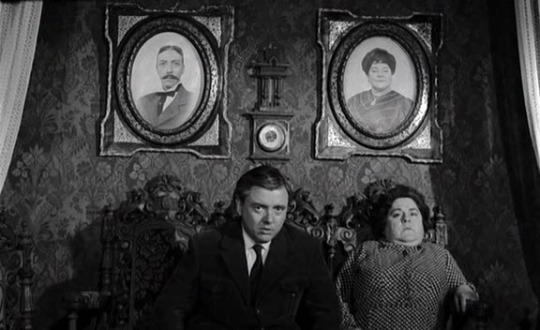
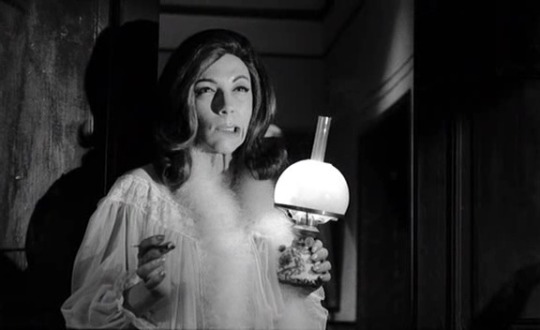

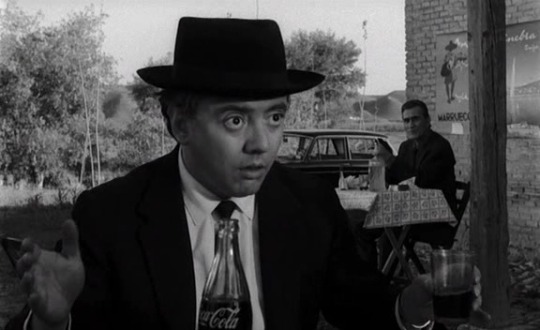
El extraño viaje (sp, gómez 64)
#El extraño viaje#fernando fernán gómez#lina canalejas#jess franco#rafaela aparicio#tota alba#josé f. aguayo
7 notes
·
View notes
Photo










EL SUR (Víctor Erice, 1983)
“El sufrimiento peor es el que no tiene un motivo determinado. Viene de todas partes y de nada en particular. Es como si no tuviera rostro”
(Adelaida García Morales)
#el sur#the south#victor erice#omero antonutti#sonsoles aranguren#iciar bollain#lola cardona#rafaela aparicio#aurore clement#adelaida garcia morales#film#cine
40 notes
·
View notes
Photo

#El extraño viaje#Fernando Fernán Gómez#Carlos Larrañaga#Tota Alba#Lina Canalejas#Rafaela Aparicio#Jesús Franco#Luis Marín#María Luisa Ponte#Joaquín Roa#Xan das Bolas#Sara Lezana
4 notes
·
View notes
Photo


#padre nuestro#francisco regueiro#victoria abril#fernando rey#francisco rabal#emma penella#lina canalejas#rafaela aparicio
7 notes
·
View notes
Text

#movies#mama cumple cien años#carlos saura#geraldine chaplin#amparo muñoz#fernando fernán gómez#Rafaela Aparicio#1979
0 notes
Photo



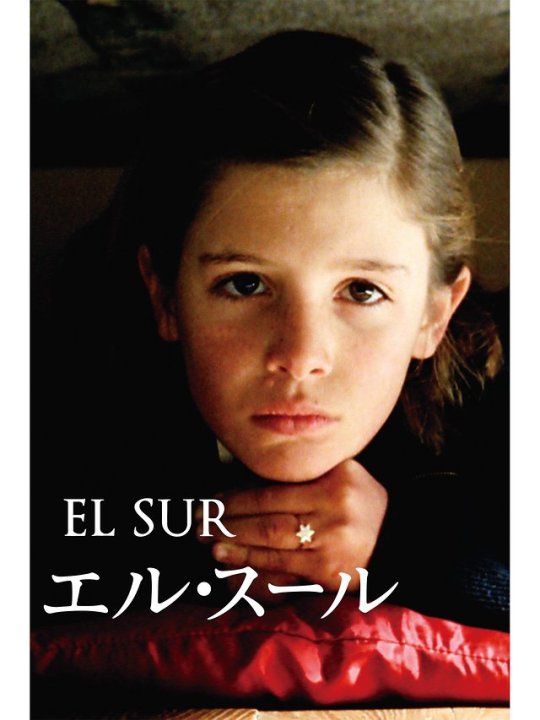
エル・スール
1983年製作
原題 El Sur
監督 ヴィクトル・エリセ
父と娘。二人の心情が繊細に描写されてる。
長い年月を経て移り変わるものとそうでないもの。成長した娘、幼い頃の記憶。交差する心情、すれ違う心情。温かくもせつない物語。
★★★★★: Epic (satisfaction: over 90%)
#el sur#the south#victor erice#sonsoles aranguren#iciar bollain#omero antonutti#lola cardona#rafaela aparicio#aurore clement#1980s#epic
3 notes
·
View notes
Photo


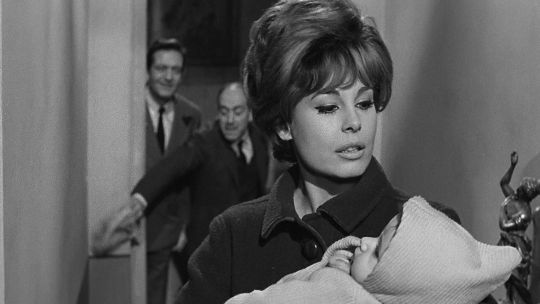
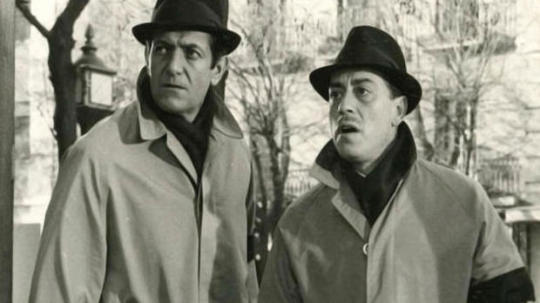
La visita que no tocó el timbre (1965)
#josé luis lópez vázquez#alberto closas#laura valenzuela#gracita morales#rafaela aparicio#cine español#mario camus
0 notes
Text
9 giugno … ricordiamo …
9 giugno … ricordiamo …
#semprevivineiricordi #nomidaricordare #personaggiimportanti #perfettamentechic #felicementechic #lynda
2020: Pau Donés, Pau Donés Cirera, è stato un cantautore e chitarrista spagnolo. (n. 1966)
2017: Adam West, attore e doppiatore statunitense. (n. 1928)
2014: Rik Mayall, attore, comico e scrittore britannico. (n. 1958)
1999: Ernesto Calindri, è stato un attore italiano di teatro, cinema e televisione. (n. 1909)
1996: Rafaela Aparicio, attrice spagnola (n. 1906)
1993: Alexis Smith, attrice e…

View On WordPress
#9 giugno#9 giugno morti#Adam West#Alexis Smith#Carlo D&039;Angelo#Ernest Beaux#Ernesto Calindri#Hayden Michael Lucid#Madge Kennedy#Owen Moore#Pau Donés#Rafaela Aparicio#Ricordando ..#Ricordiamo#Rik Mayall#Robert Donat#Russell Hayden#Sybil Thorndike
1 note
·
View note
Video
youtube
___
Inolvidables escenas de la película “Los Chicos del Preu” (Pedro Lazaga,1967) en las que se puede ver, en la primera, a Margot Cottens, Rafaela Aparicio, un joven Camilo Sesto y al inenarrable, sensacional, prodigioso, José Luis López Vázquez. No falla, siempre que vuelvo a ver estas imágenes me vuelvo a reír. Son inmortales.
José Luis hace de padre del poco aplicado en los estudios Camilo. Trata de meterle en vereda, pero no hay nada que hacer, prefiere las guitarras y hasta las gomas, las nueces y los peines, a los libros de texto.
La historia tiene un inesperado y divertido final.
6 notes
·
View notes